
by Sandra Gulland | Nov 27, 2018 | Adventures of a Writing Life, Resources for Readers, The Shadow Queen |
This is an exciting winter for me. Not only will I be giving a keynote at the San Miguel Writers Conference in February, but my novel The Shadow Queen has been chosen as “The Big Read.”

What this means is that readers all over San Miguel will be reading The Shadow Queen. (Yes!)
From an article in the Atencion:
“For most of us, who never mastered the intricacies of French history in high school, or never studied it at all, this richly detailed portrait of life in the French court under the rule of Louis XIV will thrust us into an absorbing world, described by an extraordinarily talented writer. It is such an outstanding example of historical fiction that it may open up other alluring worlds to readers who have never ventured into the genre before.
“Every year, the Writers’ Conference hosts the Big Read, inviting everyone in town to read the same book by one of the Conference keynote speakers and then to join one of many Big Read discussion groups around town. We provide discussion questions, present a program to provide background information on the book and the author, and invite all discussion group participants to meet the author in person at a private reception.”
On January 14 there will be an event held to present the novel to book clubs. I’m not able to be there (we will be on the Pacific Coast at that time), but I’m working with the organizing committee to help put together an entertaining presentation.
The first thing I suggested was that they serve beignets, a French pastry featured throughout the novel. That turned out to be fairly easy to arrange since San Miguel is blessed with an excellent French pastry chef.
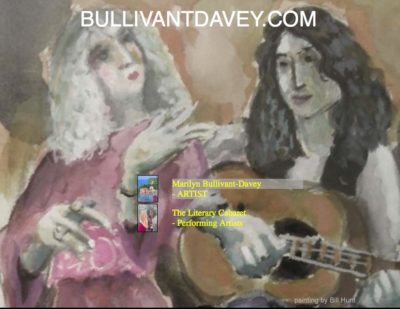
The second thing I suggested was that we recruit my actor friends Rick Davy and Marilyn Buillivant — of Literary Cabaret fame — to put on a short, dramatized reading from the novel. They are keen, and it’s going to be wonderful, but I have since discovered that scripting scenes is not easy!
The committee has also arranged for a filmmaker, Dennis Lanson, to make a short film to show at the event. It will likely partially be an interview of me about the novel — my process and how The Shadow Queen came to be, etc. — and partially images of 17th century theatre and some of the characters in the novel, along with my voice-over commentary. This has entailed a search for images that are of good-enough quality to be projected onto a large screen. Again: not easy!
In going though old blog posts and selecting images, I’ve begun to fall under the spell of that era again. For example, OTT Baroque theatre:

How is it possible not to swoon?
I love, too, this image of Madame de Montespan, the woman we all love to hate:

In order to do all this coherently, I’ve been rereading The Shadow Queen. It has been years since I was in that world, and I have to confess that I’m finding it delightful.

by Sandra Gulland | Apr 1, 2018 | Mistress of the Sun, Questions Readers Ask, The Game of Hope, The Shadow Queen, The Writing Process |
Readers often ask, “What’s next?” The answer to that question depends on when the question is asked, of course. What follows is an evolving diary, begun many, many years ago.
A reader wrote some time ago:
Are you going to write more stories about the court of the Sun King?
Yes!
You did such a great job with the historical details and as I have studied Louis XIV and his court— there are plenty of interesting stories to tell (including the adventures of the Princess Palatine, even La Grande Mademoiselle and Lauzun, a couple that united even after a prison term and old age only to break up over greed).
Indeed! By the way, I love La Grande Mademoiselle, but have yet figured out how to tell her story.
You could even do a trilogy of Louis XIV’s Mistresses— you’ve done La Vallière, next could be Montespan, then Maintenon (the king’s mistress, then second wife).
I believe she’s onto me.
Or a novel on Princess Henrietta as she has a tragic back story with her father being killed, her brothers Charles and James, and she had several romances during her marriage to her cousin Monsieur that are interesting reading, including one lover who was her husband’s boyfriend who falls for Henrietta and became a master of disguise to see her at any cost (De Guiche–who visited her as a fortune teller, a litter bearer and in a domino so he could romance her in Philippe’s presence at a masked ball).
What wonderful suggestions these are. Henriette would indeed be a fantastic subject.
I especially love the De Guiche stories, and in fact wrote many scenes of him hiding in the fireplace and disguised as a fortune-teller, etc., but these scenes, like many, many others, now reside in my cut file.
What I wrote in answer to this letter above:
I am considering writing a novel about Athénaïs (Montespan), but it might focus on her first engagement more than her relationship to the king. I’m not sure. It could also be a story told from the point-of-view of Des Oeillets, her maid who was the go-between between Athénaïs and Voisin, the convicted poisoner.
As this reader points out, there are a wealth of wonderful stories to be told. The hard part is choosing. It took me eight years to write Mistress of the Sun because I kept changing perspectives. I even included the unforgettable Mademoiselle at one point.
I did, in fact, eventually choose to tell the story of The Shadow Queen from the point of view of Des Oeillets (Claudette).
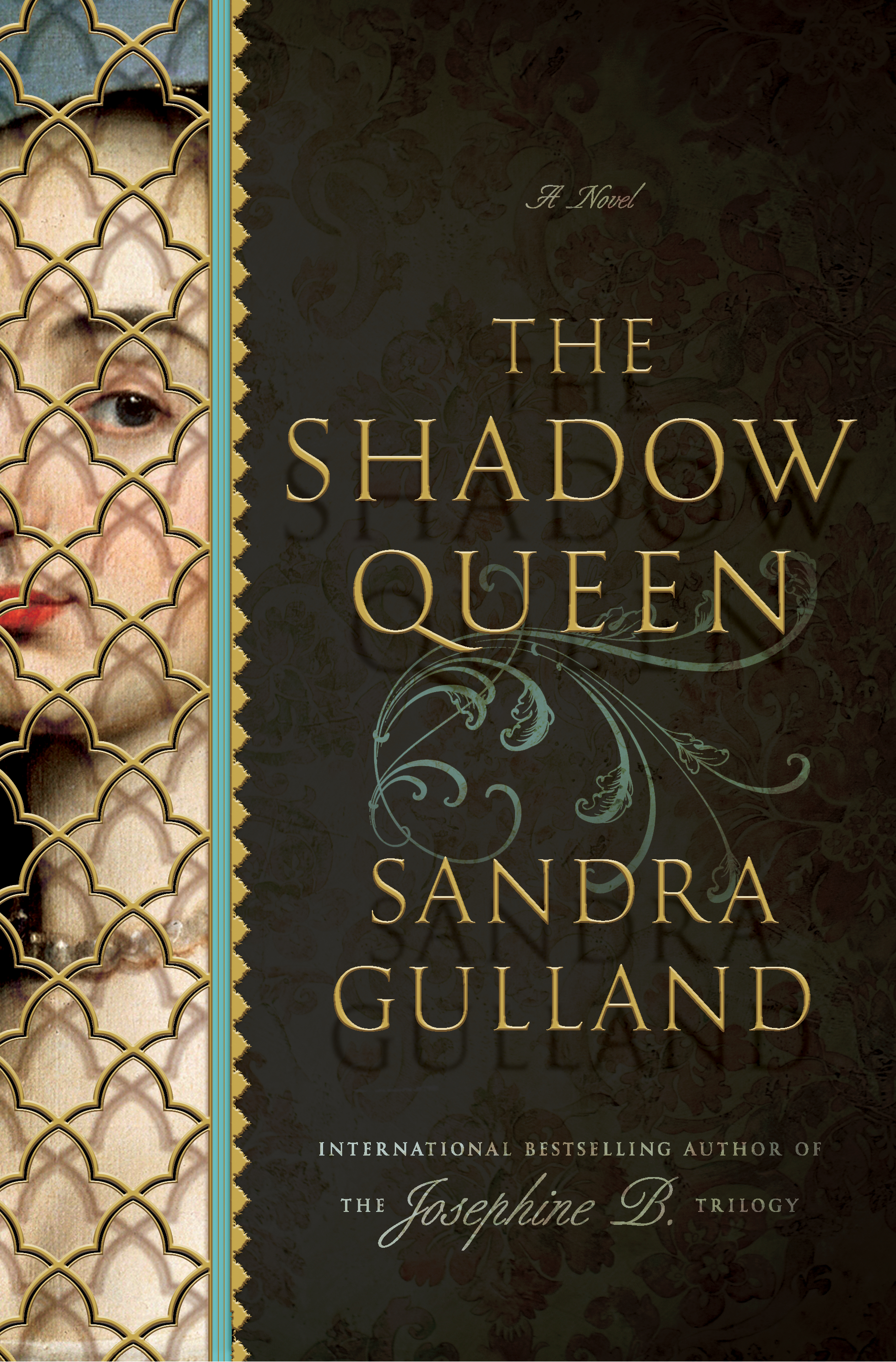
But to answer, “What’s next?” I am writing a Young Adult novel based on the teen years of Josephine’s daughter Hortense. I am back in the Napoleonic world!
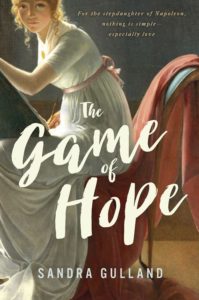
It’s Easter 2018, and Hortense’s story, The Game of Hope, will soon be published in Canada, two months later in the U.S.
As for what’s next? I’m writing — or, at least I think I’m writing — a novel about a teen, a girl falconer in Elizabethan England.
That story about Mademoiselle at the Court of the Sun King continues to haunt me, however. Might that be next next?
{Photo at top is by Evan Dennis on Unsplash.}SaveSave
SaveSave
SaveSave
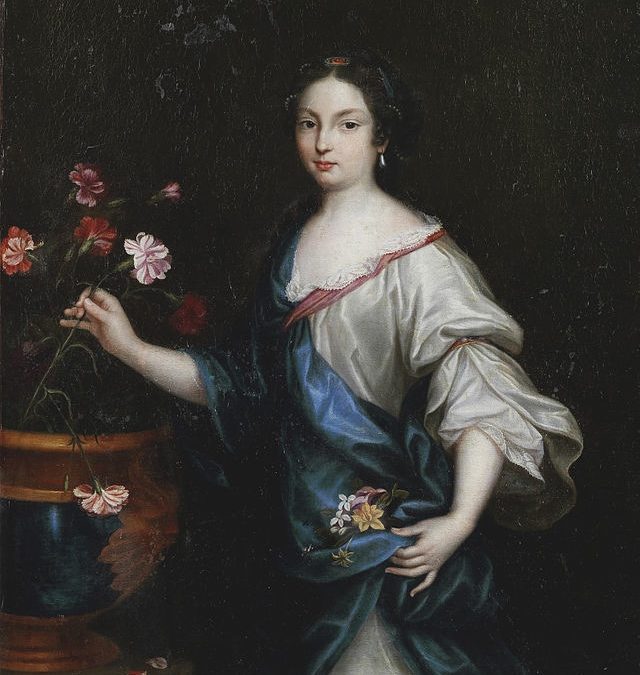
by Sandra Gulland | Mar 31, 2018 | Questions Readers Ask, Resources for Book Clubs, Resources for Readers, The Shadow Queen, The Sun Court Duet |
{Portrait of Claude des Oeillets}
The main character of my novel The Shadow Queen is Claude des Oeillets (dit Claudette), an impoverished young woman from the world of the theater. Socially scorned and denounced by the church, she lives on the fringes of society. As the daughter of a theatrical star, she exists in her mother’s shadow.
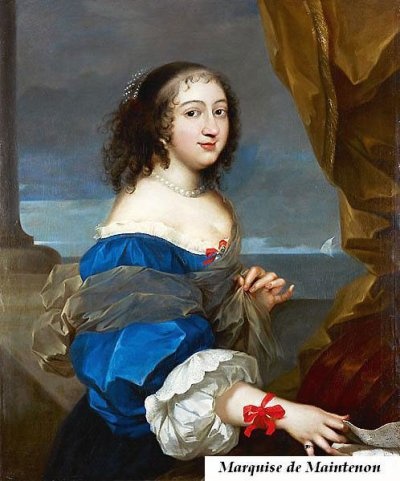
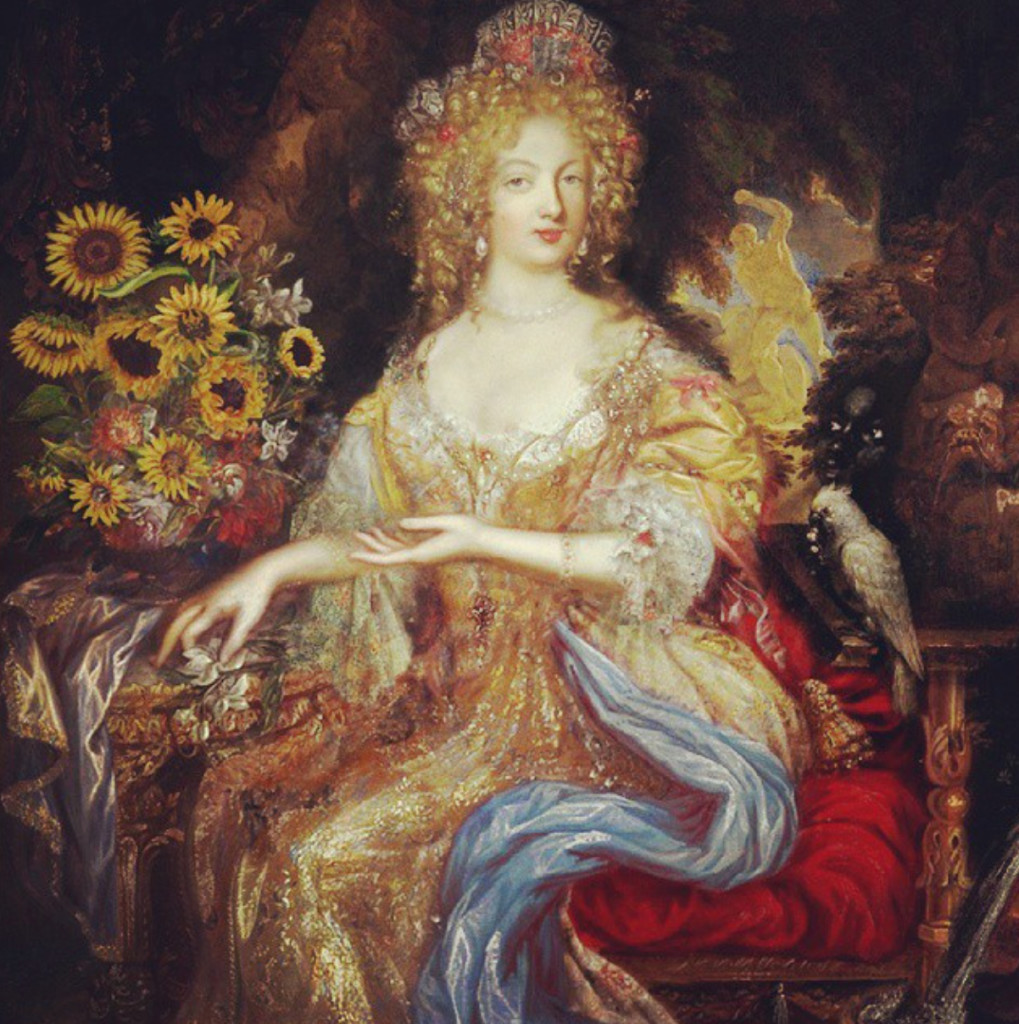
{Portraits of Madame de Montespan}
In contrast, Athénaïs, Madame de Montespan, lives at the heart of high society. She becomes Claudette’s obsessive passion, seeing in her a perfect life—a life without hunger and fear, a life of ease and beauty. Athénaïs’s life is everything Claudette’s is not.
While my other Sun Court novel, Mistress of the Sun, is set largely at Court, in both novels I am exploring the dynamic edge where court and ordinary life meet, with often explosive, unpredictable results. The Shadow Queen is about many things, but at its heart is the relationship between these two woman, Claudette and Athénaïs, who are close in age and share many of the same interests, yet are worlds apart. Claudette envies Athénaïs’s wealth; Athénaïs envies Claudette’s freedom, her life in the theater. Over time, they become dependent upon one-another. As Athénaïs’s devoted maid, Claudette is willing to do anything for her—up to a point.
It’s at that point that Claudette must step out of the shadows—and into the light of her own life.
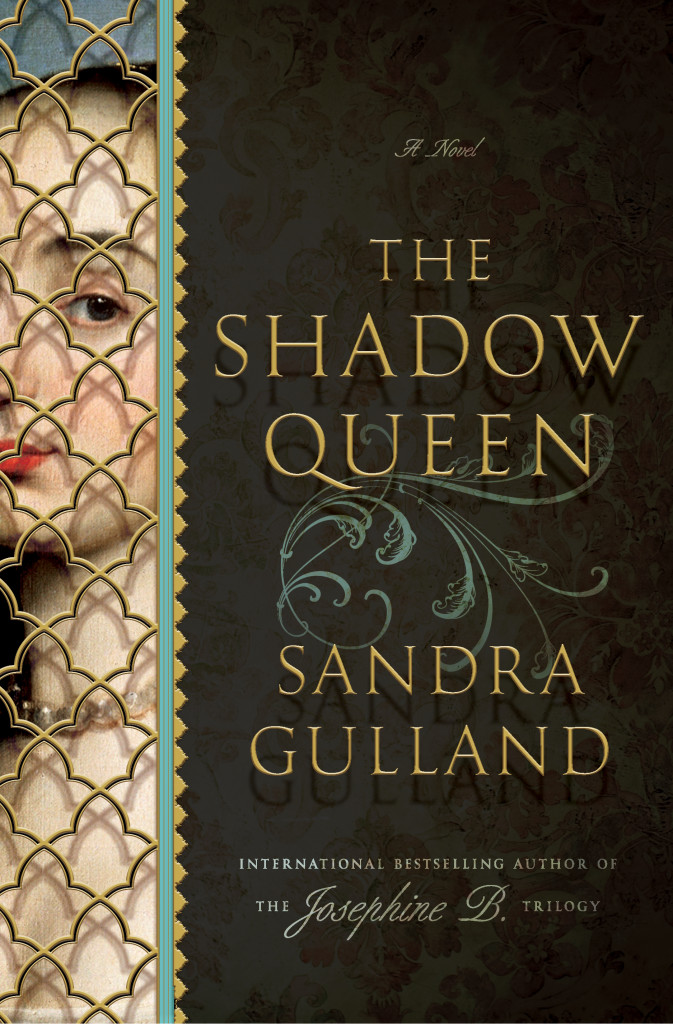
Over the five years I was writing this novel, I considered many titles. In the end, I felt that the title The Shadow Queen metaphorically captured the spirit of this story on a number of levels.
As part of the theatrical world, Claudette lives in the shadows of society. When she joins Athénaïs at court, she becomes the shadow of the official “Shadow Queen.” The story is very much about the ever-fascinating Athénaïs, but it is also about Claudette’s “dark” obsession with her and what Athénaïs represents, an obsession that leads Claudette into the shadow-side of that opulent world, a world of corruption and black magic, the shadow-side of want and hunger.
Who, then, is queen of shadows? Officially, of course, it is Athénaïs, but it could be others as well—Madame Voisin, for example, a woman who fulfills dark wishes, and even our “Good Knight” Claudette.SaveSave
SaveSave
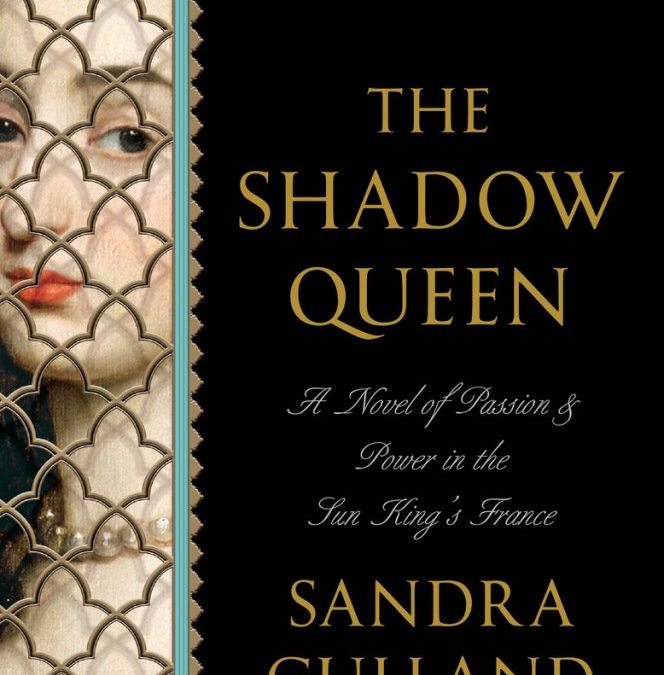
by Sandra Gulland | Mar 30, 2018 | Publication, Questions Readers Ask, Resources for Book Clubs, Resources for Readers, The Shadow Queen |
A significant number of early reviewers of my new novel THE SHADOW QUEEN have expressed displeasure with the title; they feel it is misleading. They expected the novel to be the story of the Sun King’s official mistress, Athénaïs, Madame de Montespan, a position often referred to as “the shadow queen.” The title led readers to believe that they were going to get one story, when in fact they got another. I apologize if they feel that they were mislead.
These readers were responding to the Advance Readers’ Copies (“ARCs”) of the novel. The hardcover, with cover-flap copy, will make it clearer what, in fact, the story is about, and I hope that this will dispel some of the confusion.
Why that title?
But to address the concerns of some of my readers: Why have I titled this novel The Shadow Queen?
The main character of the novel is Claude des Oeillets (dit Claudette), an impoverished young woman from the world of the theatre. Socially scorned and denounced by the church, she lives on the fringes of society. As well, as the daughter of a theatrical star, she exists in her mother’s shadow.
In contrast, Athénaïs, Madame de Montespan, lives at the heart of high society. She becomes Claudette’s obsessive passion, seeing in her a perfect life, a life without hunger and fear, a life of ease and beauty. Everything Claudette’s life is not.
The novel is about many things, but at its core is the relationship between these two woman, Claudette and Athénaïs, who are close in age and share many of the same interests, yet are worlds apart. In the end, they become dependent upon one-another. Claudette, as Athénaïs’s devoted and even start-struck servant, is willing to do anything for her—up to a point.
And it’s at that point that Claudette must step out of the shadows—and into the light of her own life.
Over the five years I was writing this novel, I considered many, many titles. In the end, I was very happy with the title The Shadow Queen, a title enthusiastically embraced by a group of 50 writers, a number of whom had read the novel and felt that it was appropriate.
I am touched by the passionate concern of my readers, even when critical. Of course I have been both surprised and disquieted that some have objected. I personally feel that the title The Shadow Queen captures the spirit of this story on a number of levels. Claudette exists in the shadow of her mother, a drama queen. When she joins Athénäis at court, she becomes her shadow, the shadow of the official “Shadow Queen.” And, although the story is very much about the ever-fascinating Athénäis—as well as about Claudette’s obsession with her and all that she represents—it’s really a metaphorical title, more than a literal one.

by Sandra Gulland | Apr 21, 2014 | Adventures of a Writing Life, On Research, The Shadow Queen, The Writing Process |
Given the recent revelations about French President François Hollande’s personal life, I think future writers of historical fiction are fortunate. They will have so many details to go on, from photos of President Hollande arriving for a rendezvous on a scooter to tweets sent by the former First Lady, his live-in mistress Valerie Trierweiler.

In writing biographical historical fiction that involves a public figure, it’s often difficult to discover how an intimate relationship evolves.
While writing my newest novel, THE SHADOW QUEEN, it was easy enough to see how lovers met, but a little more difficult to sort out how, exactly, a more intimate relationship came about—for these lovers were all “in the family,” so to speak:
Athénaïs, Madame de Montespan (Mistress 2) was the good friend of Louise de la Vallière (Mistress 1)—or so Louise thought.
Madame de Maintenon (Mistress 3) worked for Athénaïs (Mistress 2), as governess of her children by the King.
Claudette des Oeillets—heroine of THE SHADOW QUEEN who has a child by the King (rather a Mistress 3.5)—also worked for Athénaïs (Mistress 3) as her lady’s maid, and one has to presume that this arrangement was with Athénaïs’s approval.
The Hollande family tree, however, will be as difficult for future historical novelists to sort out as in days of old, and in this respect I don’t envy them in the least. Ms Ségolène Royal, Hollande’s former common-law wife, is the unmarried mother of his four children. Ms Trierweiler, his second partner, has three children by her second husband. That’s a family-menage of seven children—way too many to manage in a scene.
Film actress Julie Gayet, the newest Other Woman, has two children by her first husband, but it’s up for grabs whether or not she will be moving into the Élysée Palace, the official residence of the President of the French Republic. If she does, the international Press, you can be sure, will be watching.
There is a general perception that it is not uncommon for French leaders to have a mistress. Is this, however, fair? In the 16th, 17th and 18th centuries, having a mistress was almost a requirement for a French, English, Spanish or German king. Understandably, in my view, given that royalty had to marry for political reasons, not love.

Louis XIV, the Sun King, was a rather monogamous adulterer: he usually had only one mistress at a time. His cousin Charles II of England, however, had several mistresses at once. (The most famous was actress Nell Gwynn, who is reported to have once sabotaged a rival by putting laxatives in her food before her rendezvous with the King.)
In modern history, Edward VIII abdicated in 1936 in order to be with his mistress, the divorcee Wallis Simpson. Prince Charles married his long-term mistress Camilla Parker Bowles. And then, of course, we have President Clinton and Monica Lewinsky.
In one respect, I venture to say that the French do take the cake. A number of French shadow queens were significantly powerful women.
Gabrielle d’Estrees, the Catholic mistress of Protestant Henri IV, helped end France’s religious wars.
King Henri II’s mistress, Diane de Poitiers, imposed taxes, appointed ministers and made laws.
And, lest you think that the role of shadow queen is strictly sexual, consider Madame de Pompadour, who was King Louis XV’s mistress for almost two decades, despite—I’ve read—being unable to have intercourse. Instead, she provided the King with young women to sleep with.
I admire the French public for considering it none of the press’s business what their leaders do in their personal life … which makes me feel just a little trashy for even mentioning it all here. But then, I’m just thinking ahead, academically speaking. ;-)
Have you ever noticed how the word “courtesan” has the word “court” in it? From Wikipedia:
“In Renaissance usage, the Italian word cortigiana, feminine of cortigiano (“courtier”) came to refer to “the ruler’s mistress”, and then to a well-educated and independent woman of loose morals, essentially a trained artisan of dance and singing, especially one associated with wealthy, powerful, or upper-class men who provided luxuries and status in exchange for companionship.”
SaveSave

















